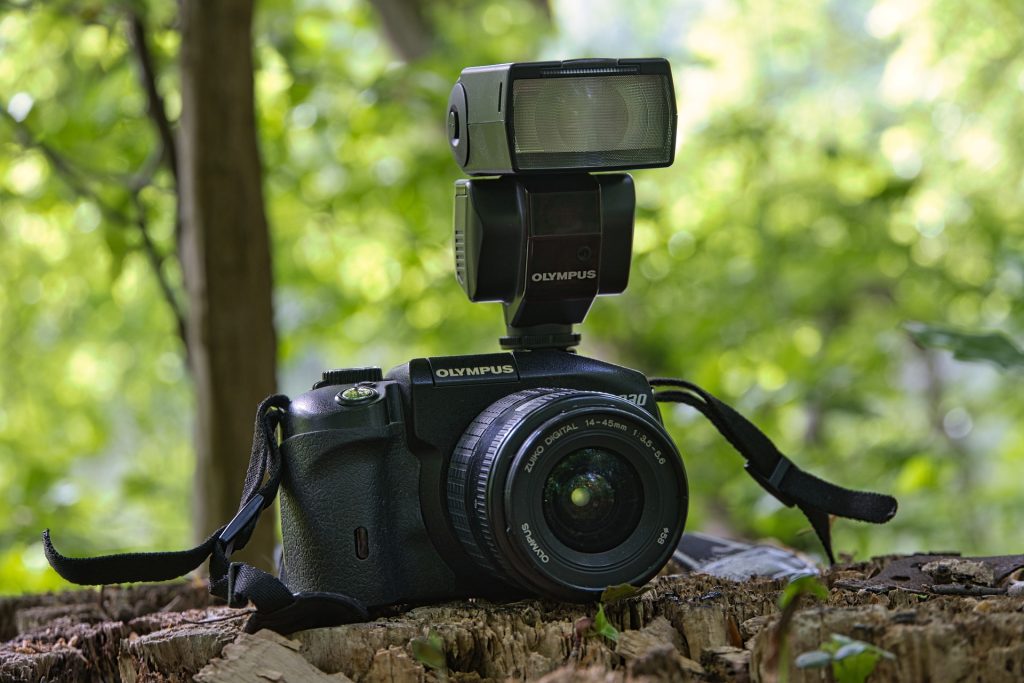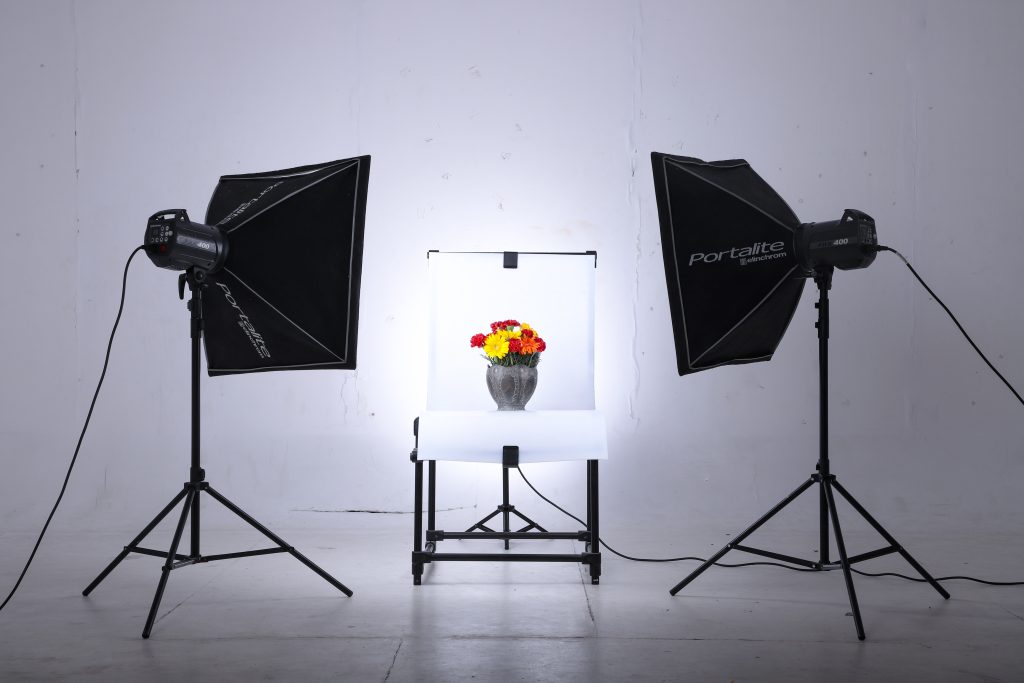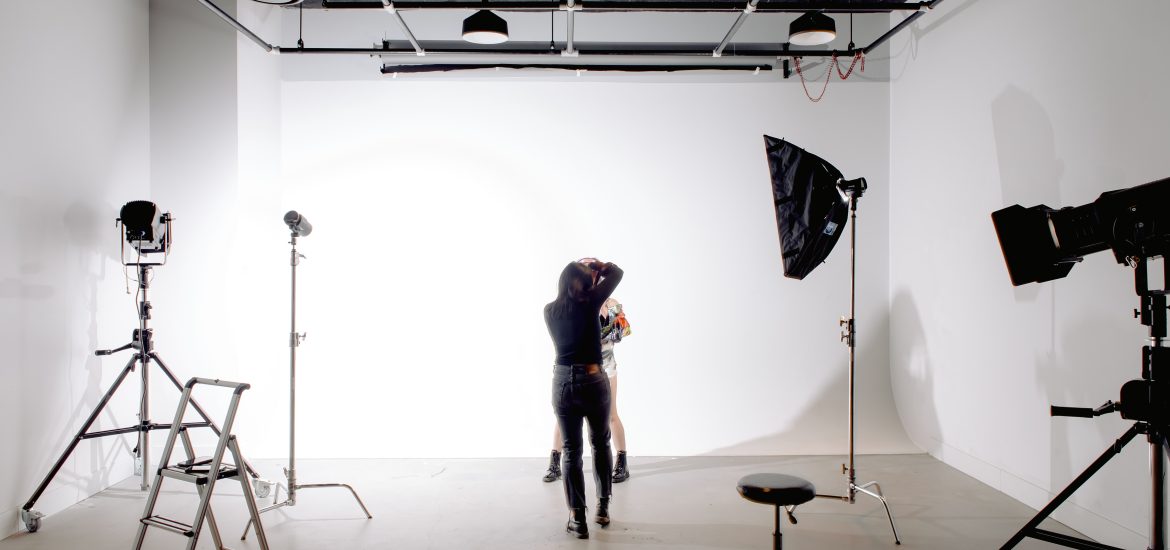Visit Rentovault to find adventure and photography
gear rentals from your neighbours.
In the fascinating world of photography, lighting plays a pivotal role. The right kind of lighting can turn an ordinary shot into a masterpiece. Among various types of lighting options, strobe and continuous lights stand out as two key types. But which one is right for you? Let’s delve into the intriguing details of strobe vs continuous light and the pros and cons of each.
Strobe Lighting
Ever experienced a brief, intense light that comes from a flash? That’s strobe light for you. Strobe lighting, or flash lighting, is known for its high-intensity, brief duration of light. It’s similar to the flash on your camera, but generally more powerful and versatile.

Benefits of Strobe Lighting
Strobe lighting has several advantages. It’s powerful, allowing you to control and manipulate light effectively. In addition, due to its high-intensity output, it can ‘freeze’ action in a scene, making it ideal for capturing high-speed action in photography by making use of a high shutter speed.
Drawbacks of Strobe Lighting
However, strobe lighting isn’t without its drawbacks. The bright, sudden light can be harsh, leading to stark contrasts. Plus, it’s difficult to preview the final result before capturing the shot, as the strobe light only flashes at the moment of exposure.
Continuous Lighting
Unlike strobe lighting, continuous lighting systems are ‘always on.’ Just like a standard household light bulb, it provides a constant source of light for as long as it’s switched on.

Benefits of Continuous Lighting
Continuous lighting offers the advantage of a constant preview. You can see exactly how the light is falling on your subject, allowing for real-time adjustments of your camera settings. It’s excellent for beginners who are learning to manipulate light.
Drawbacks of Continuous Lighting
On the flip side, continuous lighting can generate a lot of heat, especially if used for prolonged periods. It’s also less powerful than strobe lighting, meaning it might struggle to illuminate larger areas or overcome strong ambient light.
Specific Use Cases for Strobe and Continuous Lighting
Different photography scenarios call for different types of lighting. For example, strobe lighting is excellent for freezing action in sports photography, while continuous lighting is ideal for video production or when you want to capture motion blur.
Equipment Recommendations
Strobe Lighting Equipment
For beginners, a speedlight can be a great starting point for strobe lighting. For more advanced photographers, a monolight or a pack and head system can offer more power and flexibility.
Continuous Lighting Equipment
LED panels are a popular choice for continuous lighting due to their versatility and ease of use. They come in various sizes and brightness levels to suit different needs.
Combining Strobe and Continuous Lighting
While strobe and continuous lighting each have their strengths, combining the two can often yield the best results. For instance, you can use continuous lighting as your main light source and add strobe lights to highlight specific areas or create dramatic effects.
The Impact of Lighting on Post-Processing
The choice of lighting can significantly impact the post-processing of photos. For example, photos taken with continuous lighting might require different editing techniques compared to those taken with strobe lighting. Understanding how your lighting choice affects post-processing can help you achieve the desired results more efficiently.
Advancements in Lighting Technology
Lighting technology has come a long way in recent years. LED technology, for instance, has made continuous lighting more powerful and energy-efficient. Similarly, advancements in strobe lighting technology have led to faster recycle times and more consistent output.
Conclusion
In conclusion, both strobe and continuous lighting have their place in photography. The best choice depends on your specific needs, the type of photography you’re doing, and your personal preference. By understanding the strengths and weaknesses of each type of lighting, you can make an informed decision and take your photography to the next level.
Frequently Asked Questions
Is strobe or continuous lighting better for beginners?
Continuous lighting is often recommended for beginners because it allows you to see the lighting effect in real-time, making it easier to learn and understand lighting concepts.
Can I use both strobe and continuous lighting in the same shoot?
Yes, combining strobe and continuous lighting can often yield the best results. You can use continuous lighting as your main light source and add strobe lights to highlight specific areas or create dramatic effects.
What type of lighting is best for video production?
Continuous lighting is typically used in video production because it provides consistent lighting throughout the scene.
How does the choice of lighting affect post-processing?
The choice of lighting can significantly impact the post-processing of photos. For example, photos taken with continuous lighting might require different editing techniques compared to those taken with strobe lighting.
What are some recent advancements in lighting technology?
LED technology has made continuous lighting more powerful and energy-efficient. Similarly, advancements in strobe lighting technology have led to faster recycle times and more consistent output.

